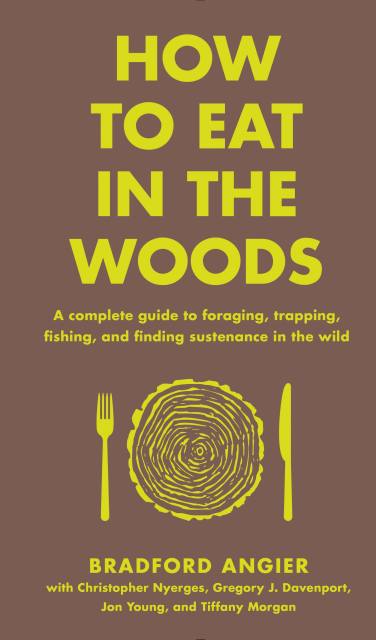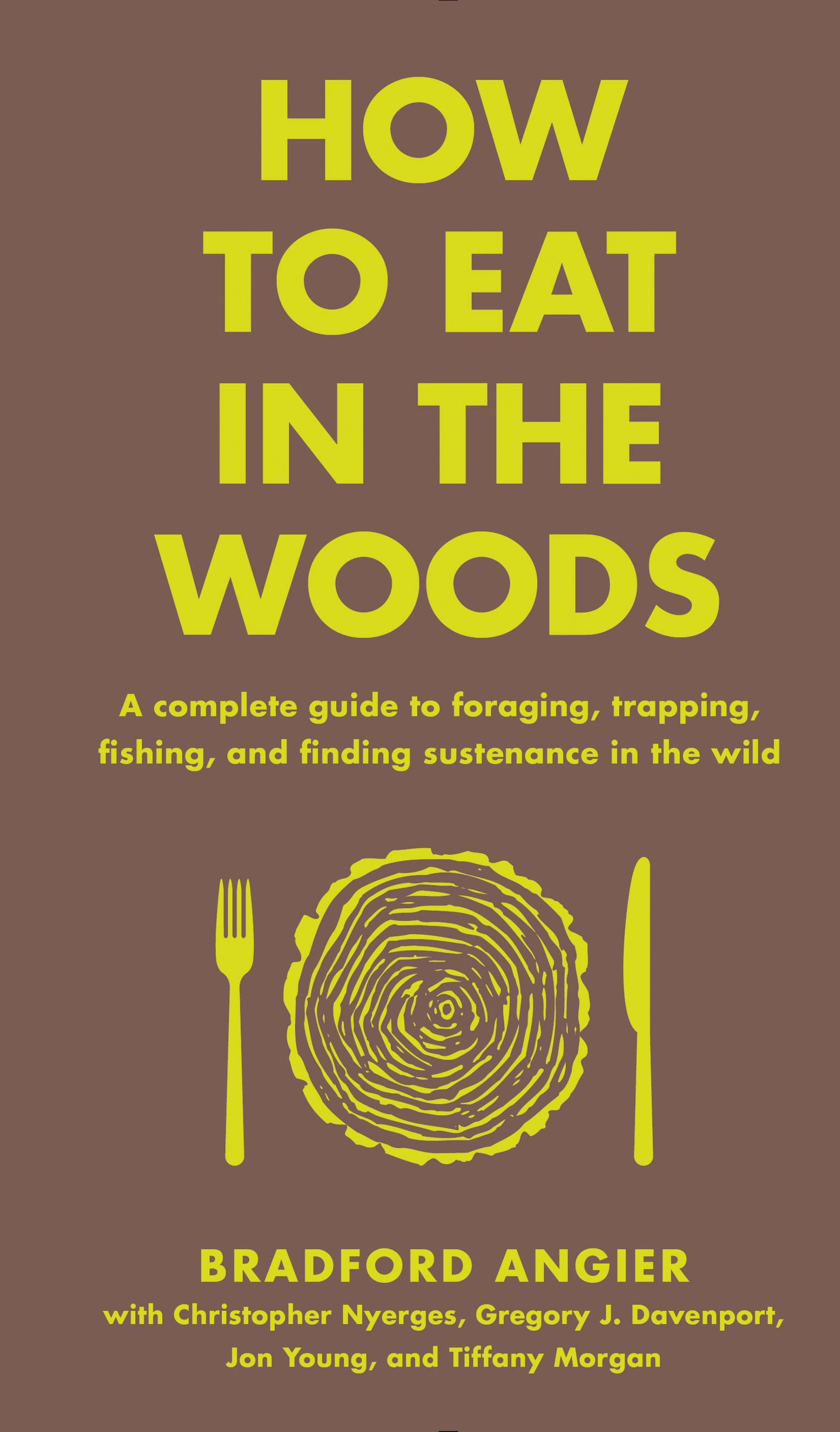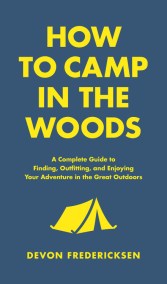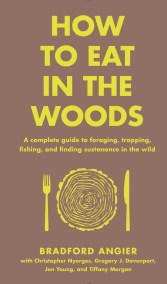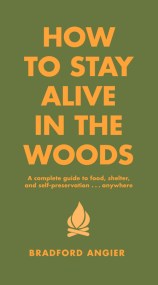Promotion
Use code MOM24 for 20% off site wide + free shipping over $45
How to Eat in the Woods
A Complete Guide to Foraging, Trapping, Fishing, and Finding Sustenance in the Wild
Contributors
With Jon Young
Formats and Prices
Price
$5.99Price
$16.99 CADFormat
Format:
- ebook $5.99 $16.99 CAD
- Hardcover $21.99 $27.99 CAD
This item is a preorder. Your payment method will be charged immediately, and the product is expected to ship on or around March 15, 2016. This date is subject to change due to shipping delays beyond our control.
Also available from:
With text by wilderness survivalists, the information in How to Eat in the Woods is tried, trusted, and true. One of the most complete books written on the subject, this portable guide includes essential information on how to track, trap, kill, and prepare various types of animals; select bait, land fish, and clean and cook the catch; recognize edible plants, fruits, berries, and nuts; locate bird eggs; catch edible insects; and find potable water. Also included is information on building a fire and preparing food without utensils.
Genre:
- On Sale
- Mar 15, 2016
- Page Count
- 320 pages
- Publisher
- Black Dog & Leventhal
- ISBN-13
- 9780316353557
Newsletter Signup
By clicking ‘Sign Up,’ I acknowledge that I have read and agree to Hachette Book Group’s Privacy Policy and Terms of Use
